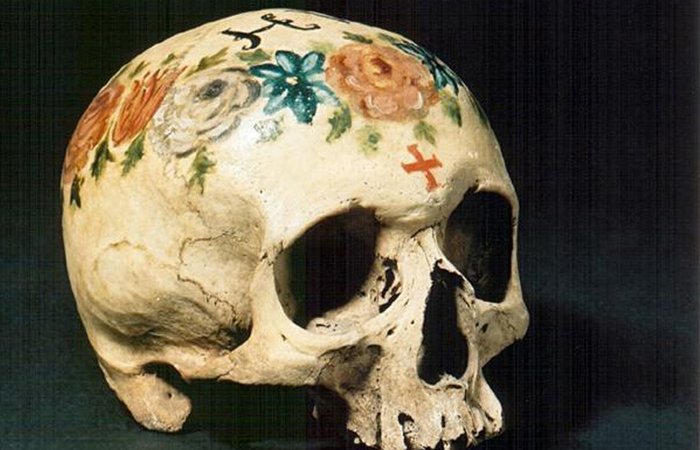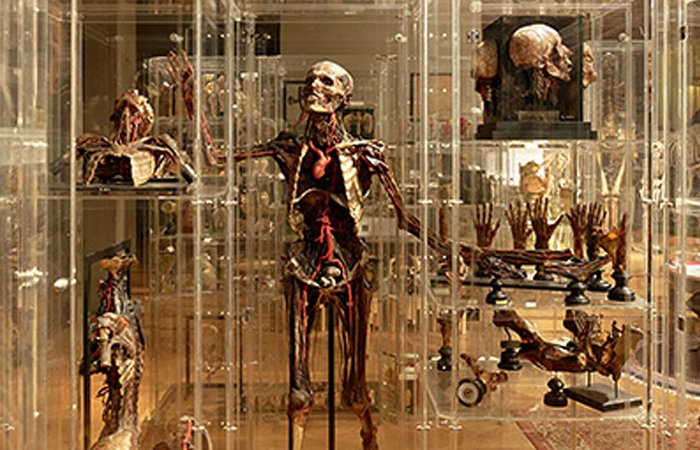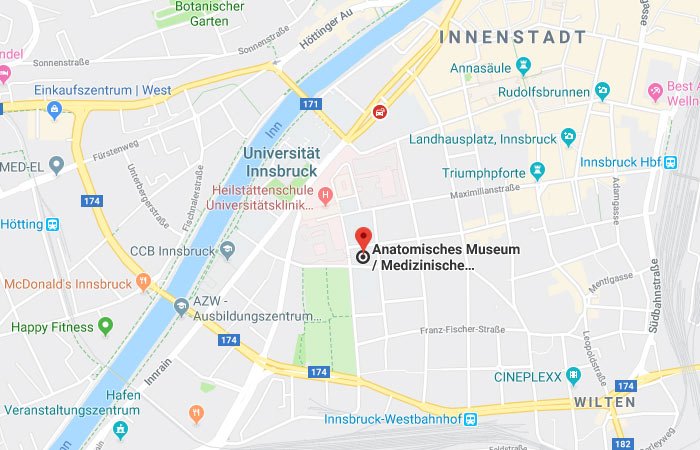Human development is outlined, showing anatomical varieties. Visitors will also gain insight into the entire range of anatomical conservation techniques. It was and still is important to preserve skulls or organs, such as lungs or hearts.
The Anatomical Museum is particularly proud of the dry preparations by Ferdinand Hochstetter from the years 1896 to 1908. A part of the collection is specifically dedicated to vertebrates. A multitude of wet preparations and skeletons can be seen here. Everything together contributes to providing visitors with a comprehensive insight into the history and work of anatomy.




